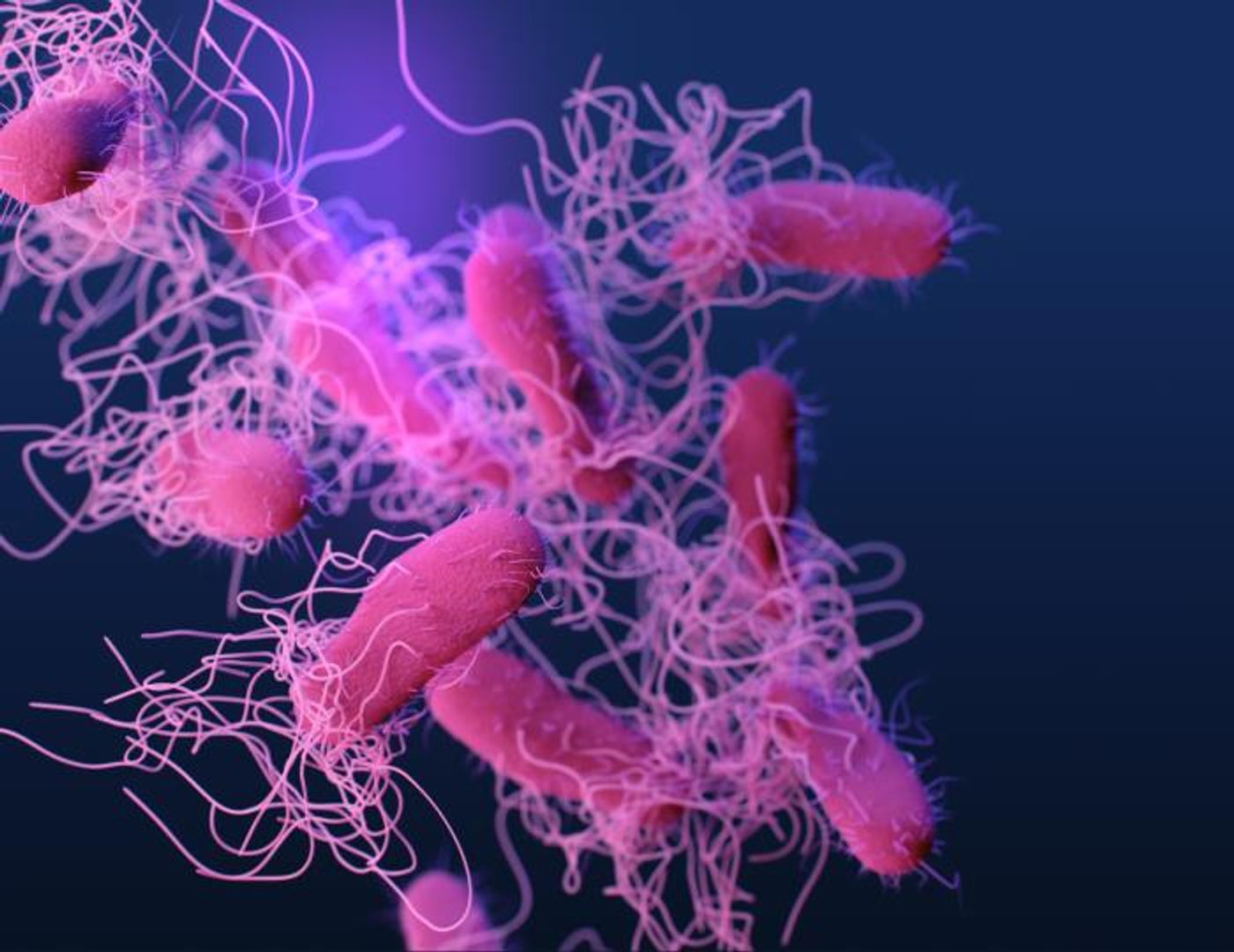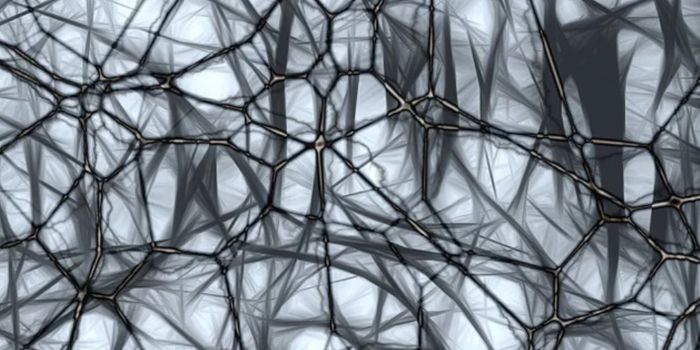Revealing How Mutations Lead to Chronic Bacterial Infections
Our immune systems can often eliminate bacterial infections, but sometimes those bacteria are very tough and persistent, and they establish more long-term, chronic infections. Researchers have now gained new insights into how bacterial pathogens are able to escape the effects of immunity, and establish a lasting infection. This work focused on certain forms of Salmonella that tend to cause foodborne infections, and revealed genetic mutations in this bacteria that lower its infectiousness, or virulence, which tamps down the immune response to the infection. Thus, the less dangerous bacteria have a kind of shield that prevents the immune system from taking notice of them, and launching an attack. This way, they can establish chronic infections. The findings have been reported in Cell Host & Microbe, and they may help scientists develop better treatments for these problems.
The researchers had previously assessed samples that had been gathered from patients with bacterial infections over many years. This analysis showed that patients tended to clear infections within about a week without treatment. However, just over two percent of patients were affected by infections that lasted months or even years. The patients' samples were used to identify genetic changes that led to persistence in the pathogen, noted co-senior study author Ashlee Earl, director of the Bacterial Genomics Group at the Broad Institute of MIT and Harvard..
In this study, the investigators focused on samples taken from 256 patients who had infections lasting over thirty days. Most of these infections were due to the same bacteria; the patients were chronically infected with the same bacterial strain, and were not being reinfected with new strains.
There were mutations in two Salmonella genes called barA and sirA that repeatedly appeared in patient samples during chronic infections. These mutations were not always the same, but they did seem to all reduce the virulence of the microbe. These genes help control the activity of other genes, and mutations appear to lower the expression of a group of genes called SPI-1 genes. This group of genes helps Salmonella bacteria infect cells. In an animal model, Salmonella with mutations in barA or sirA seemed to be less able to invade host cells and replicate once inside of them.
In a cell culture model, the mutated Salmonella triggered less of a response from immune cells called macrophages compared to unmutated bacteria.
"These results show us that the pathogen is evolving within the host and potentially adapting to chronic infection," noted first study author Alexandra Grote, a postdoctoral fellow in the Bacterial Genomics Group at the Broad. "If we can better understand the pathways involved, it provides an exciting opportunity to develop new treatments or approaches to prevent the infections from becoming persistent." Grote discusses bacterial infections in the video above.
Sources: Broad Institute of MIT and Harvard, Cell Host & Microbe









